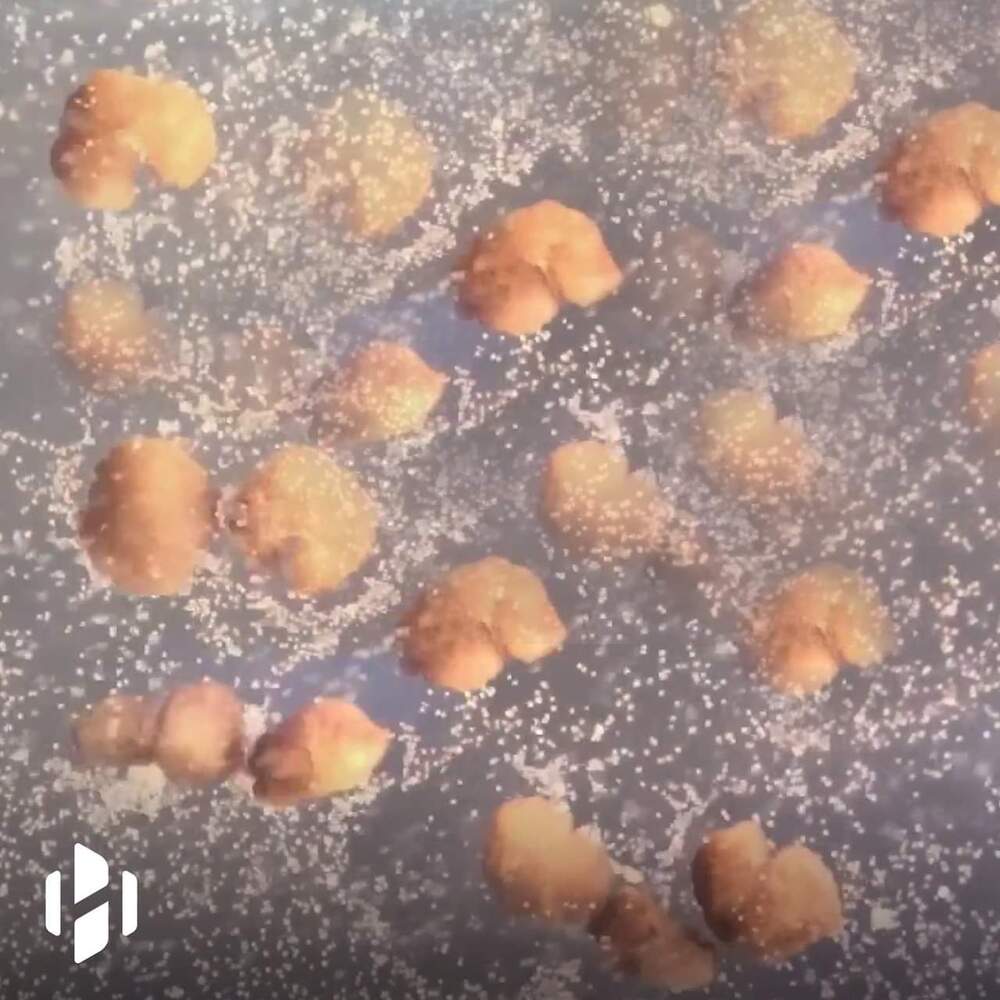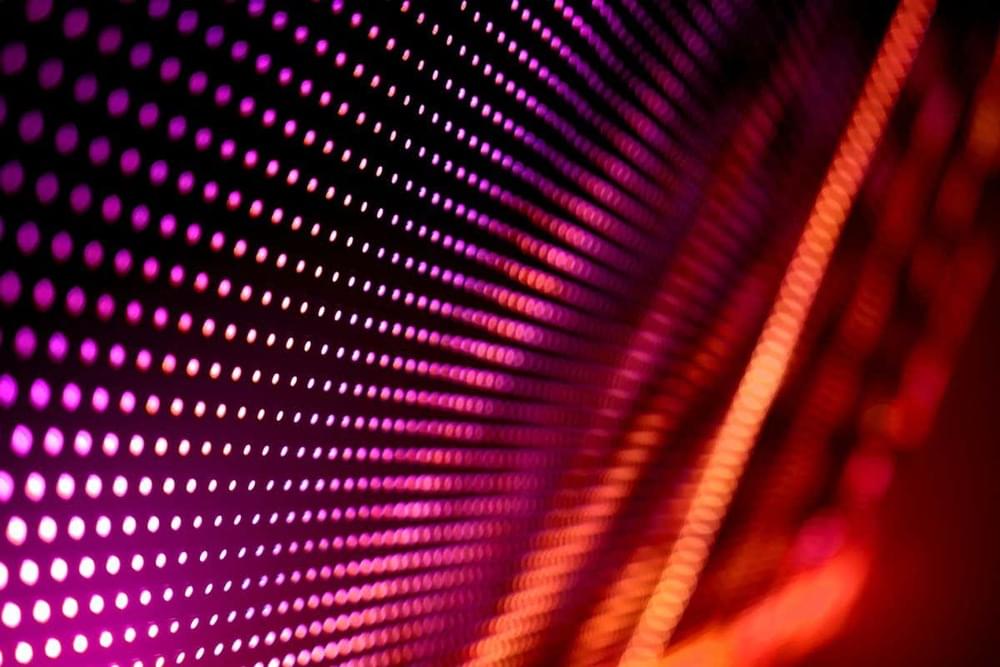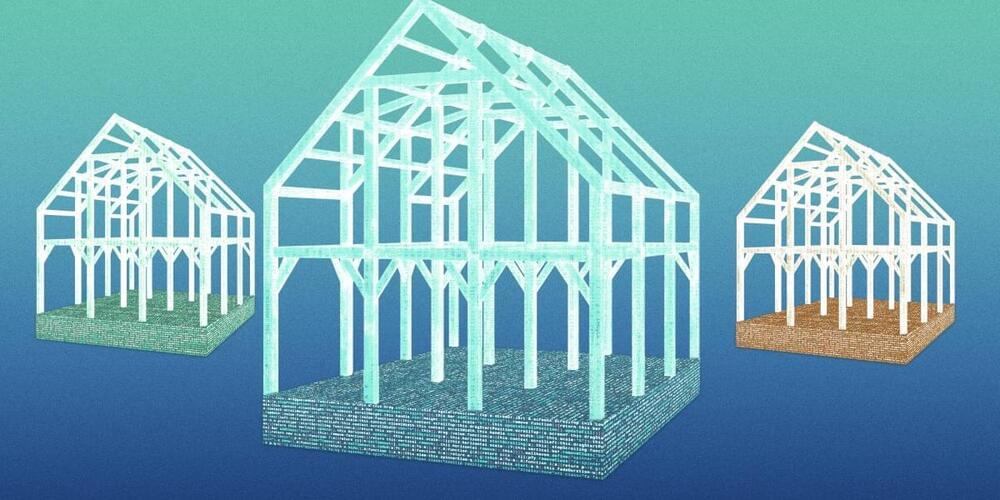
Category: robotics/AI – Page 1,615





Soap molecule could help make alternative LED tech commercially viable
Adding a molecule normally used in detergent to an infrared LED could make devices that are easier to manufacture, require less energy and display richer colours than existing ones.
Solar cells and LEDs made from perovskite, a titanium and calcium crystal, have long held promise as being more efficient and easier to produce than commonly used silicon-based devices, but making them both stable and efficient enough to rival silicon’s commercial success has proved difficult.
What gives humans the advantage over our incoming robot masters? Junaid Mubeen at New Scientist Live this October.
Artificial finger able to identify surface material with 90% accuracy
A team of researchers at the Chinese Academy of Sciences, has developed an artificial finger that was able to identify certain surface materials with 90% accuracy. In their paper published in the journal Science Advances, the group describes how they used triboelectric sensors to give their test finger an ability to gain a sense of touch.
Prior research has led to the development of robotic fingers that have the ability to recognize certain attributes of certain surfaces, such as pressure or temperature—the team with this new effort, have taken such efforts further by adding the ability to identify a material that is being touched.
The finger was created by applying small square sensors to the tip of a finger-shaped object. Each of the squares was made of a different kind of plastic polymer, each chosen because of their unique electrical properties. When such sensors are moved close to an object, such as a flat surface, electrons from the sensors interact with the materials in unique ways.

New adaptive artificial muscles made of a single-helical woolen yarn
In recent years, material scientists have designed a wide range of innovative materials that could be used to create new technologies, including soft robots, controllers and smart textiles. These materials include artificial muscles, structures that resemble biological muscles in shape and that could improve the movements of robots or enable the creation of clothing that adapts to different environmental conditions.
As part of an ongoing project focused on textile-based soft actuators, a team of researchers at Jiangnan University in China recently developed new artificial muscles based on free-standing, single-helical woolen yarn. Their artificial muscles, introduced in a paper published in Smart Materials and Structures, could be used to easily and affordably produce twisted actuators that can detect and respond to humidity in their environment.
“We are trying to design flexible and versatile actuators by leveraging the hierarchical structure design of textiles, ranging from microscales (e.g., molecular chains and aggregation structures) to macroscales (e.g., fiber morphology and textile architectures),” Fengxin Sun, one of the researchers who carried out the study, told Tech Xplore. “Realizing a yarn-based artificial muscle with free-standing and single-helical architecture via eco-friendly and easy-fabrication manufacturing process is still challenging.”


Automated techniques could make it easier to develop AI
Machine-learning researchers make many decisions when designing new models. They decide how many layers to include in neural networks and what weights to give inputs at each node. The result of all this human decision-making is that complex models end up being “designed by intuition” rather than systematically, says Frank Hutter, head of the machine-learning lab at the University of Freiburg in Germany.
A growing field called automated machine learning, or autoML, aims to eliminate the guesswork. The idea is to have algorithms take over the decisions that researchers currently have to make when designing models. Ultimately, these techniques could make machine learning more accessible.
